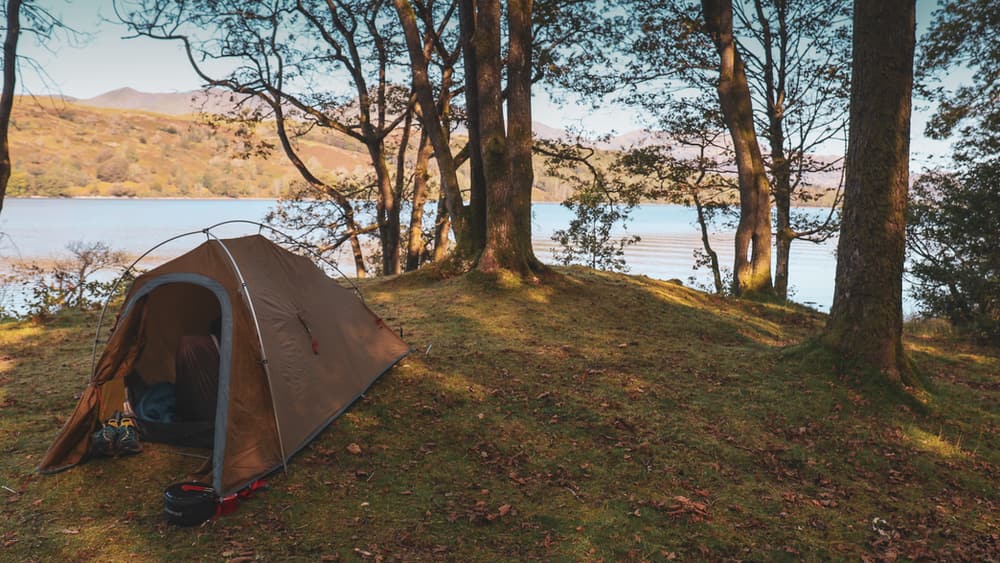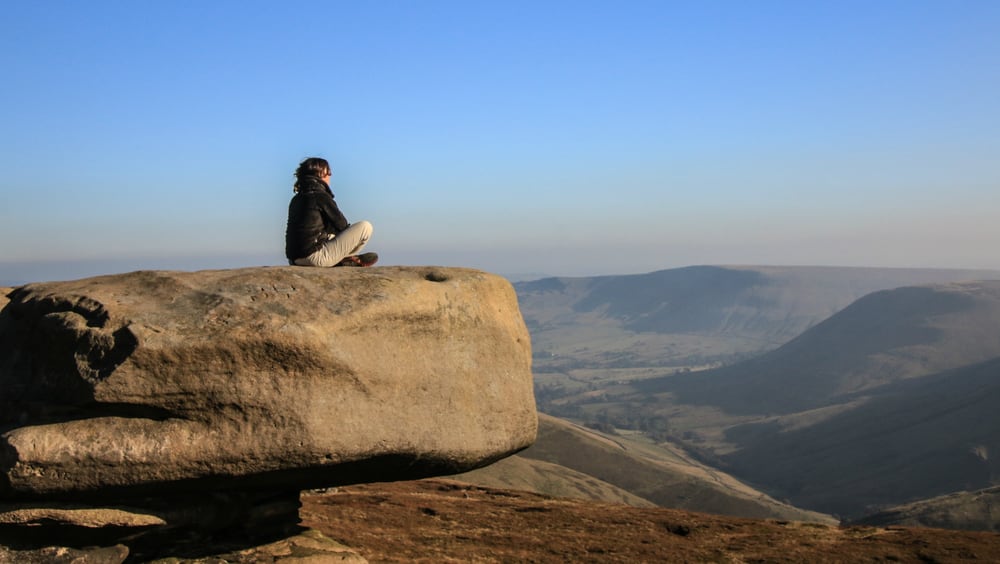You may not believe it, but walking hasn’t always been popular. In fact, up until the 18th Century, most people wouldn’t be caught dead walking. That’s because it was usually associated with crime and vagrancy, undertaken only by people who had to do it.
Luckily, times have changed. Walking is now a multi-billion-pound industry in the UK, supporting thousands of jobs and many rural communities. It’s estimated that in England alone over 500 million walking trips are taken every year, this number is only set to increase this year.
How did our attitudes change so drastically?
In the 18th Century, an artistic and literary period called the Romantic Movement began. It started in response to the Enlightenment, which focused on human mastery over the elements. The Romantics believed in the smallness of humans compared with the overwhelming power of nature, paintings often showed a small figure of a person next to a raging sea or an enormous mountain.
It is a little strange that a movement that focused on how scary and overwhelming nature could be was the one to popularise walking. However, their beliefs did help foster a new respect for the environment, allowing them to prepare better for their trips – something every walker knows is key to enjoying a mountain ramble.
In the midst of this movement demanding respect for nature the priest, Thomas West released a guidebook to the Lake District. The book is widely credited with popularising holidays to the lakes, even suggesting viewpoints for tourists to visit. One such viewpoint can still be visited on the west shore of Lake Windemere. Claife Station, below Claife Heights, was built to give visitors a great experience year-round, with coloured glass windows intended to alter the view to show what it would look like at different times and in different weather conditions.
Public Rights of Way
While West is credited with popularising the Lakes, there was still the problem of private land ownership to content with. A lot of land, particularly in walking paradises like the North York Moors, the Peak District and the Yorkshire Dales, was open. It was mostly used for sheep grazing and grouse hunting, but it was still forbidden to trespass upon it.
During the late 19th and early 20th Century, working-class people began to demand access to this land which was largely reserved for the upper class. This eventually led to the mass trespass on Kinder Scout in the Peak District, highlighting the ridiculousness of the land access rules. It can be argued that this eventually resulted in the passing of the National Park legislation in 1949 – eventually leading to the amazing walking culture we all know and love today.
To discover more walks, hear about our latest adventures and find more blogs like this one, make sure to follow us on social media!








